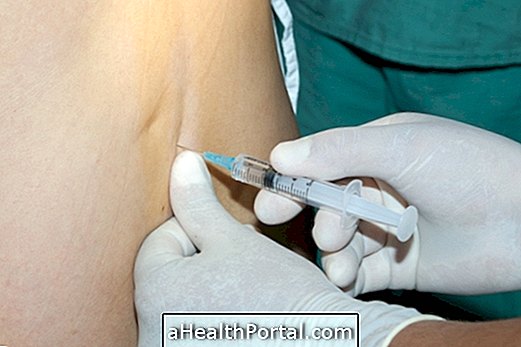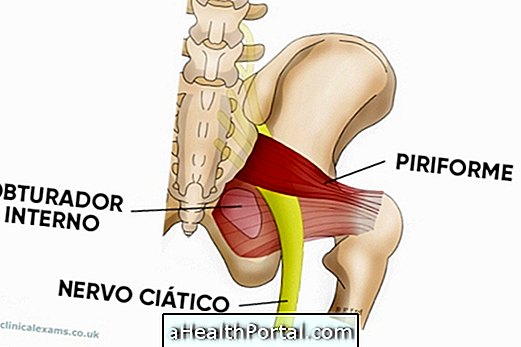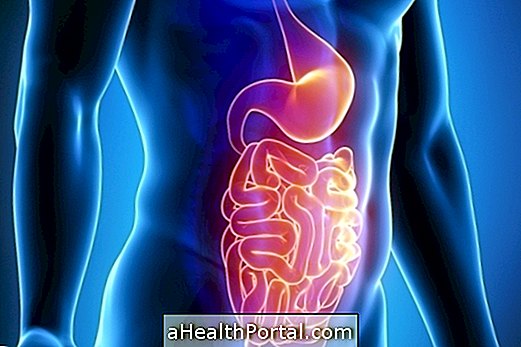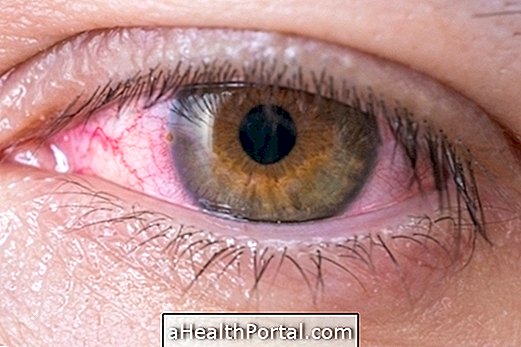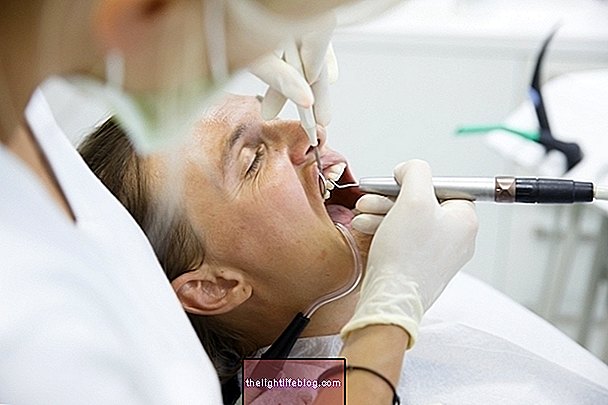Pellagra is a disease caused by the deficiency of niacin which is Vitamin B3, also called niacin, in the body. This disease is not contagious and therefore it is no more than an individual.
The causes of pellagra may be the lack of vitamin B3 in the body or alcoholism. Look at the symptoms of lack of this vitamin here.
Symptoms of pellagra



Symptoms of pellagra include:
- The appearance of black spots on the skin, which after a few days generate crusts;
- Diarrhea;
- Insanity.
The diagnosis of pellagra is established based on eating habits, symptoms and also with a urine test where it is possible to find low concentrations of niacin by-products in the urine, although blood tests may be useful.
Treatment for pellagra
The treatment of pellagra consists of administering niacin supplement available as niacinamide and nicotinic acid in combination with other B-complex vitamins.
The doctor should adjust the amount to be supplemented that can go from 100 to 300 mg 3 times a day of nicotinamide. It is important to consider for this supplementation the presence of diseases such as gout to weigh the cost-benefit of treatment and adjust medication.
Pellagra also occurs in individuals with Hartnup's disease, a rare hereditary disorder characterized by the deficiency of tryptophan absorption, which is involved in the organic production of vitamin B3, in these cases it is also necessary to supplement with high doses of niacin.
Some foods rich in Niacin
| Chicken | 12.8 milligrams |
| Pork | 11.0 milligrams |
| Beef | 10.2 milligrams |
| Wheat germ | 9.8 milligrams |
| Cheddar cheese | 0.4 milligrams |
| Whole grain bread | 5.9 milligrams |
The normally recommended dose of Vitamin B3 (niacin) is 18 milligrams per day.









